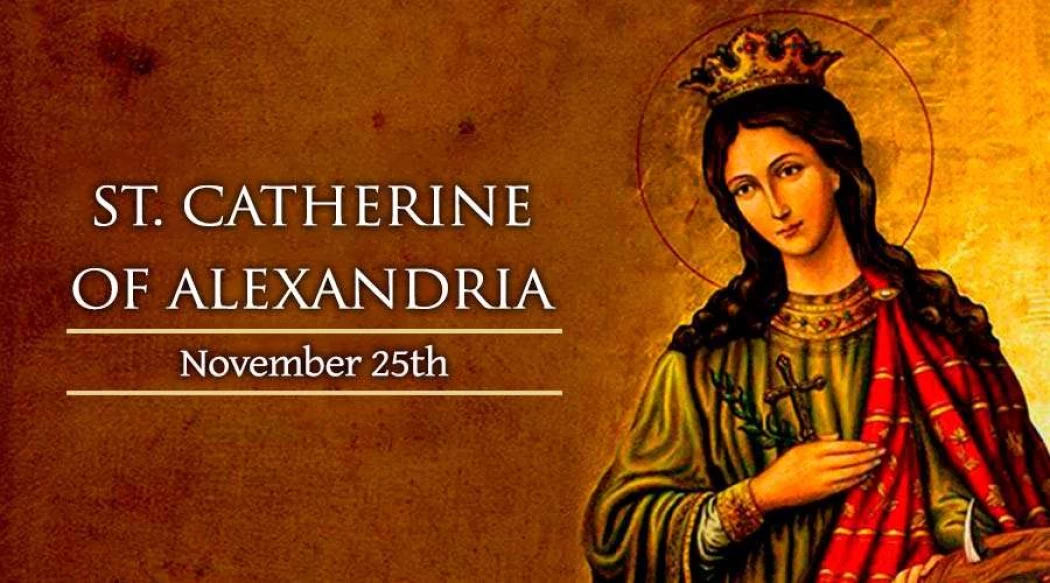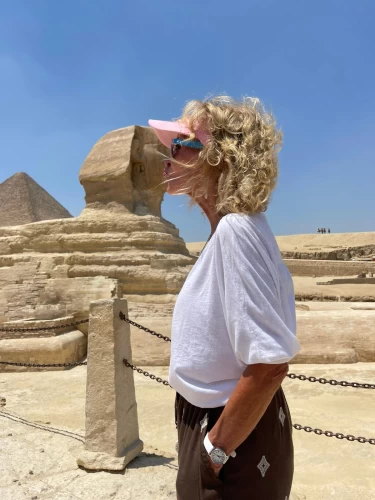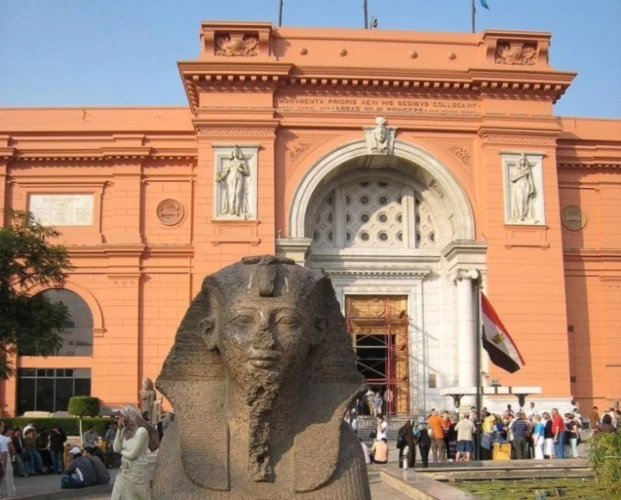
St Catherine's Catholic Cathedral Alexandria
St Catherine's Catholic Cathedral Alexandria
The monastic community of the Monastery of St. Catherine is honoring the saint commemorating the young woman who represents kindness and acceptance of everyone, who died a martyr’s death on the 29th of Coptic calendar. St. Catherine of Alexandria was born at a time when, in the city of Alexandria where her father Costas belonging to an aristocratic family resided, the Roman ruler Maximian 305-311 was in power, and she became a Christian in the age of pagans.
In order to convert her from Christianity, the emperor ordered fifty wise men of his time to discuss and argue with her in order to refute her proofs of Christianity, but all their attempts were unsuccessful and counterproductive. Centuries after her martyrdom, one of the Sinai monks saw a vision that angels carried the remains of her body and placed them on the top of a mountain near the monastery.
The monks climbed the mountain and found the remains, so they buried her at the top of the mountain and named it after her, which is the highest mountain in Egypt, 2246 meters above sea level, and they also gave her name to the monastery that was called Tor Sinai since its establishment in the sixth century AD.
St. Catherine's fame spread throughout Europe after Simon the Translator - who spoke five languages and was famous for writing biographies of saints, having written more than 146 biographies - traveled to the Rhône and Trent region of France and wrote a book about her titled: “The Martyrdom of St. Catherine the Victorious, Glorious Martyr of Christ.” The veneration of St. Catherine spread.
Her image was painted in the East and West on the “Hampazine,” a large wheel used by the Romans for torture, and even today there are many images of her in the monastery, which are paintings with the saint in the center, surrounded by scenes representing some of the stages of her life and martyrdom.
An alabaster box was prepared in 1231 AD to preserve the relics of the saint, which is currently located in the altar of the main church, while her palm was placed in a pure silver box gifted to the monastery by the Tsars of Russia in 1688 AD.
















